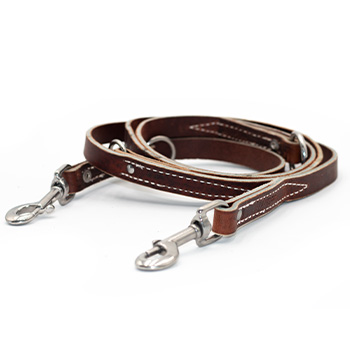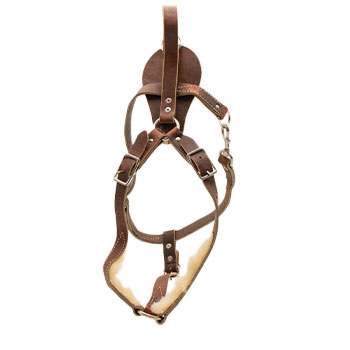May 18, 2011
I recently attended another agency’s training session. The helper was beating the dog off the sleeve with a stick when it was dirty. Your opinion?
Full Question:
I recently attended another agency's training session, the helper was beating the dog off the sleeve with a stick when it was dirty. I don't think the helper should clean up the dog in protection work. Can you give me your opinion on this? 
 Ed's Answer:
Ed's Answer:
There is an issue here that needs to be understood. First, the dog needs to understand that the helper is someone to be careful of. The helper is someone that can hurt you. This is where police dog training and Schutzhund training differ. Many Schutzhund trainers don't understand this issue. A dog needs to be very careful of helpers. He needs to respect them without fearing them. To make a dog understand this, the dog is going to have to take a certain degree of punishment in the form of stick hits or whatever. He needs to learn to win the battles but he needs to learn that there are ground rules that need to be followed before he can win. The comment goes with the previous question.
When a dog gets dirty and breaks through and bites the helper when he is not supposed to there is nothing wrong with the helper trying to use the stick to get the dog to back off and bark. But if the dog will not release the bite after a few hits then the helper needs to freeze and stop the fight. The handler needs to physically take the dog off the sleeve and repeat the exercise in a manner that allows the dog to be controlled. If this means a long line or electric collar then that s what has happen. When the dog comes in and bites it wants a fight, it needs to learn that the only fight its going to get is when the helper attacks or try's to flee. This is where the helper lets the sleeve go dead and removes the fight from the process. Most tough dogs prefer the fight.
If the training is done properly this does not have to become a big issue. The key point in training is to give the bite when the dog barks in a strong defensive bark. New trainers often make a mistake and expect long barking sessions out of a dog - this is not correct. The dog only needs to bark hard 3 or 4 time for the helper to move and give a bite. The helpers (or trainers) that make the dog bark and bark and bark before it gets a bite are inviting a dirty dog. The dog needs to learn that the fight and bite come from intensity and not a certain duration of barking.
When a dog gets dirty and breaks through and bites the helper when he is not supposed to there is nothing wrong with the helper trying to use the stick to get the dog to back off and bark. But if the dog will not release the bite after a few hits then the helper needs to freeze and stop the fight. The handler needs to physically take the dog off the sleeve and repeat the exercise in a manner that allows the dog to be controlled. If this means a long line or electric collar then that s what has happen. When the dog comes in and bites it wants a fight, it needs to learn that the only fight its going to get is when the helper attacks or try's to flee. This is where the helper lets the sleeve go dead and removes the fight from the process. Most tough dogs prefer the fight.
If the training is done properly this does not have to become a big issue. The key point in training is to give the bite when the dog barks in a strong defensive bark. New trainers often make a mistake and expect long barking sessions out of a dog - this is not correct. The dog only needs to bark hard 3 or 4 time for the helper to move and give a bite. The helpers (or trainers) that make the dog bark and bark and bark before it gets a bite are inviting a dirty dog. The dog needs to learn that the fight and bite come from intensity and not a certain duration of barking.
100% (4 out of 4)
respondents found this answer helpful


Can't find what you're looking for?




